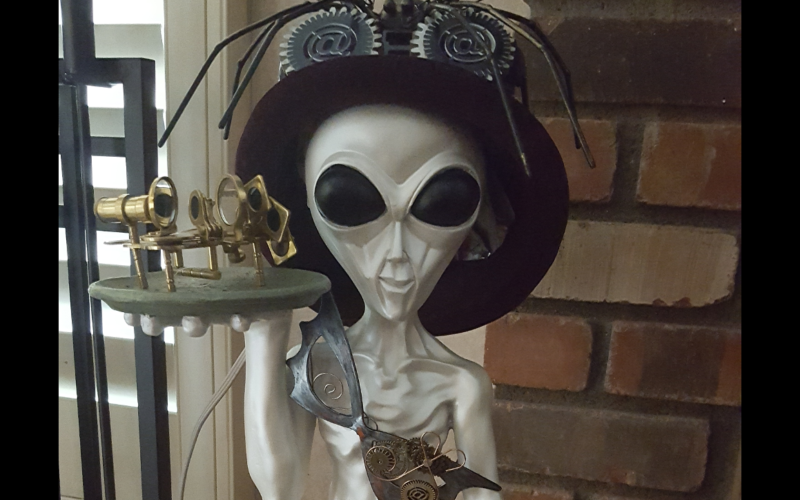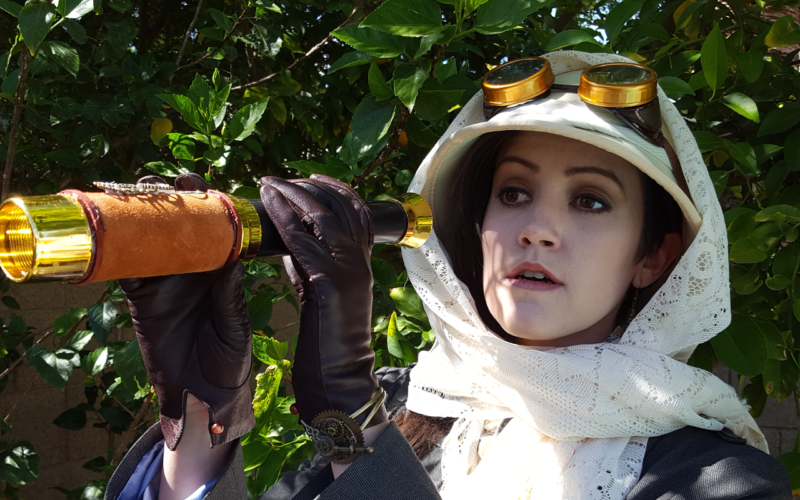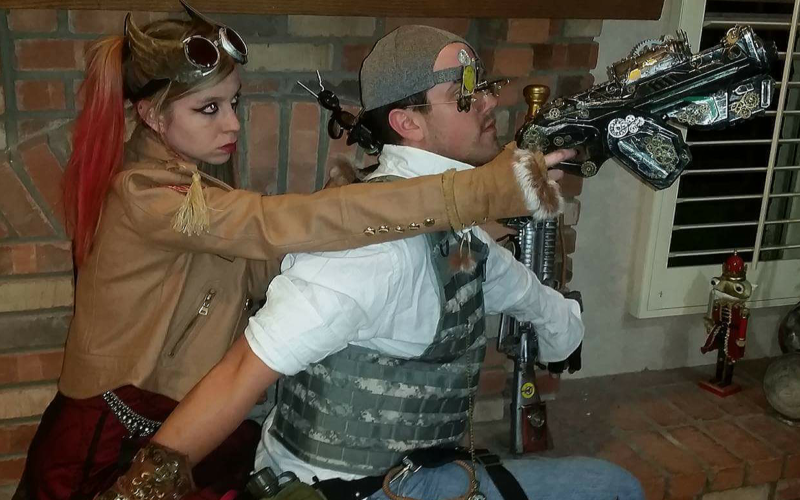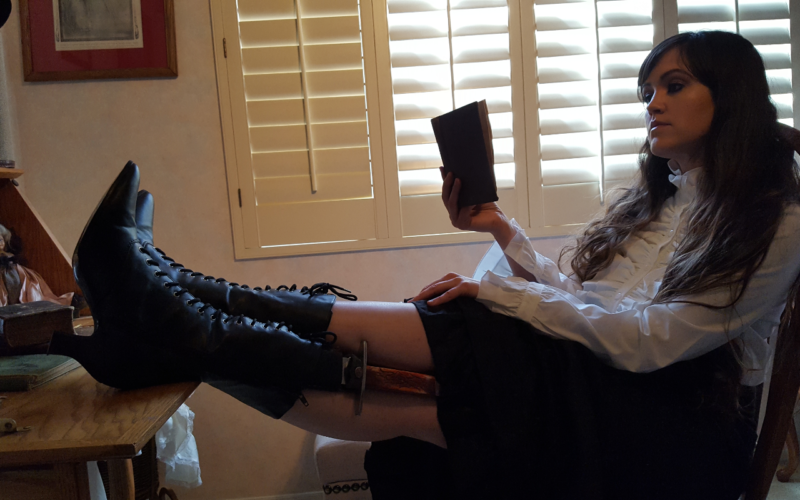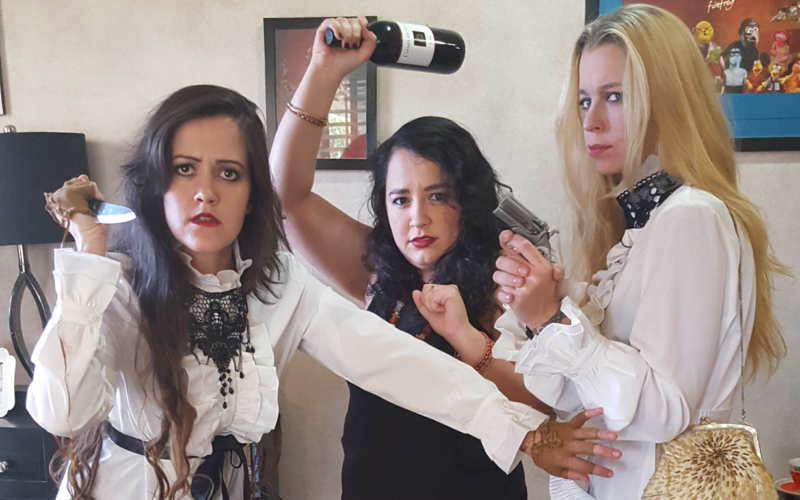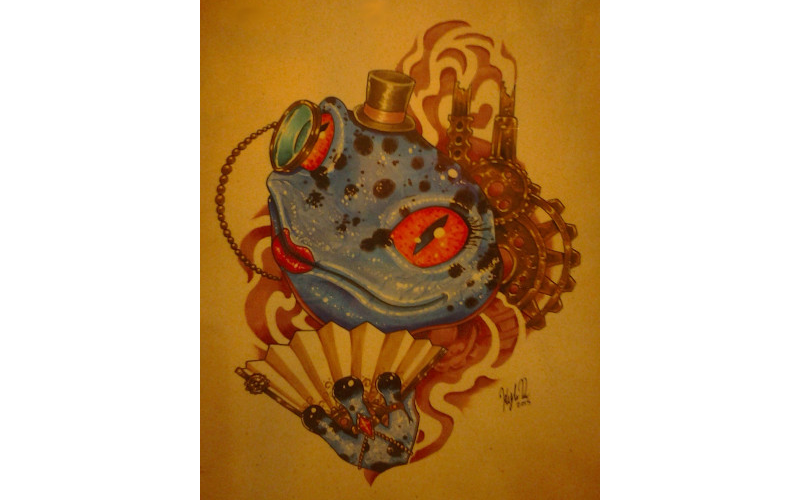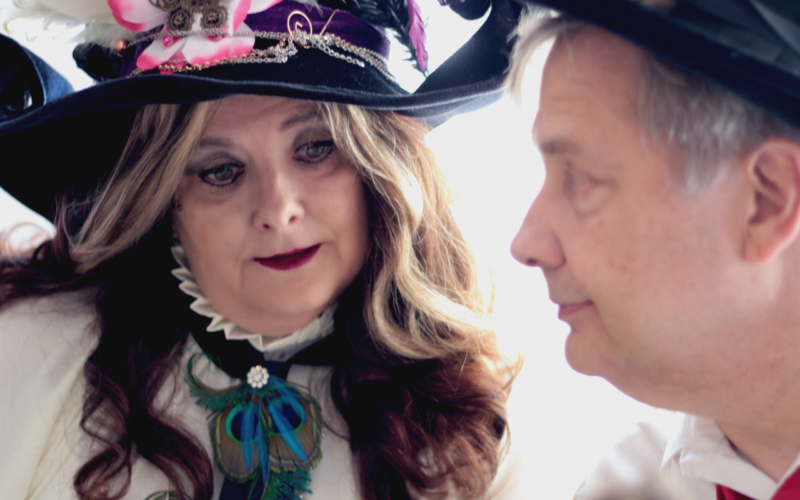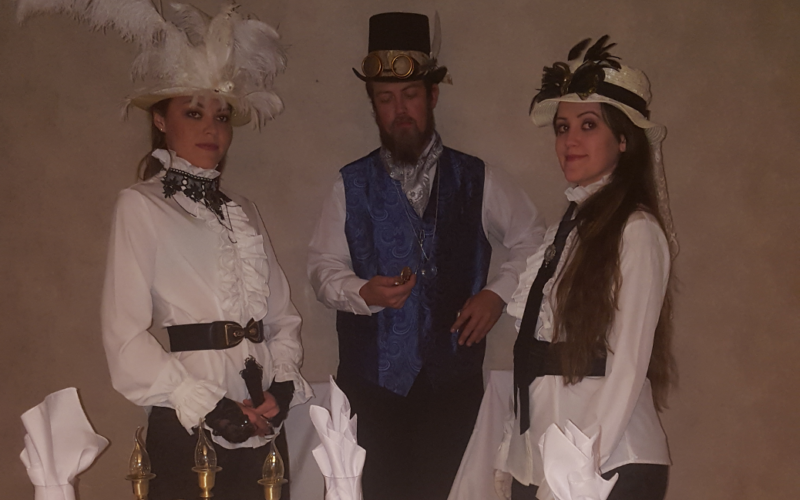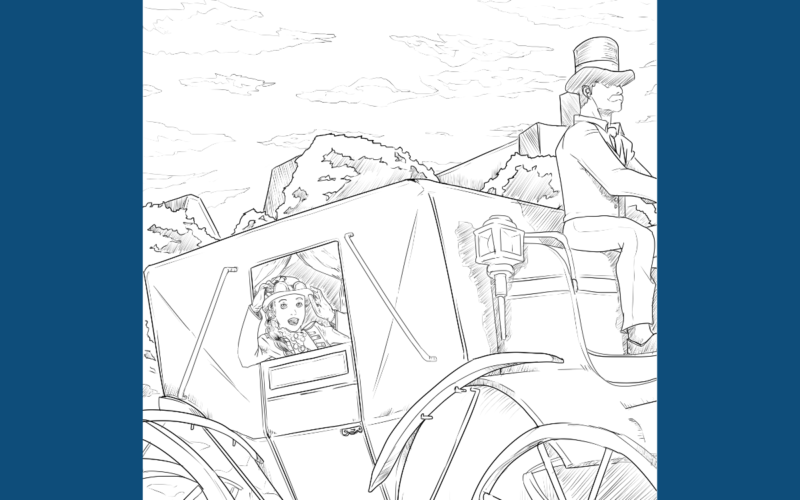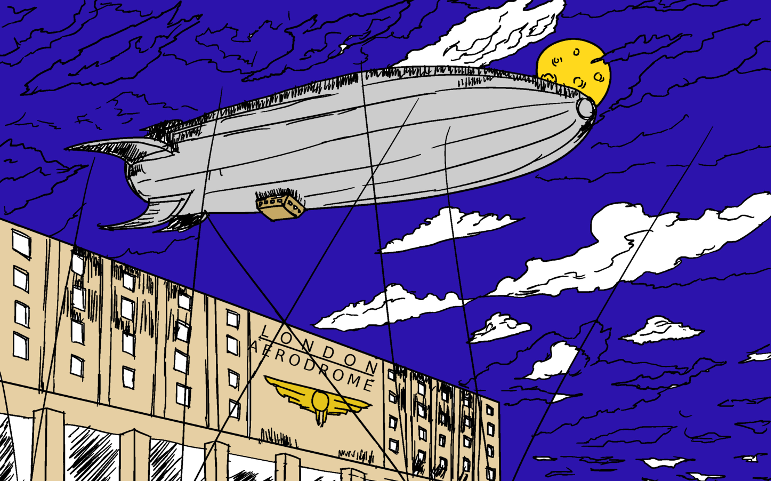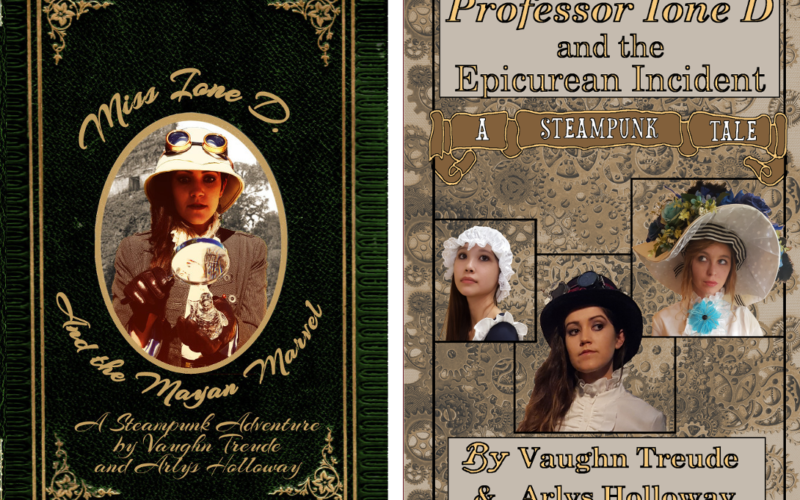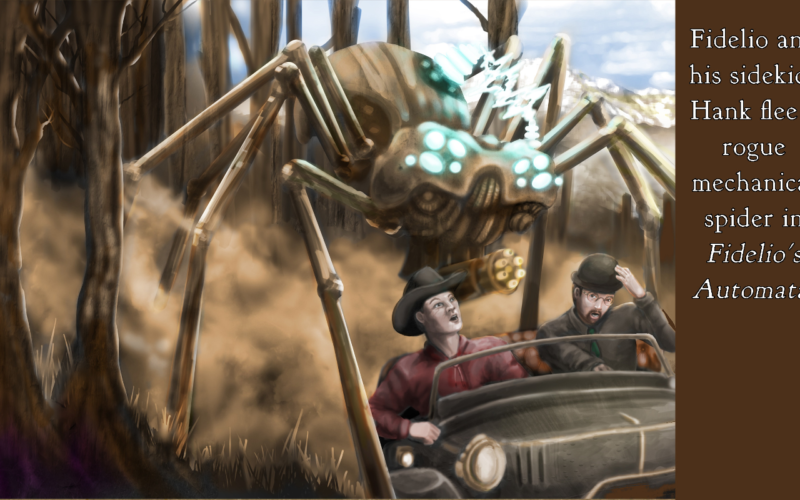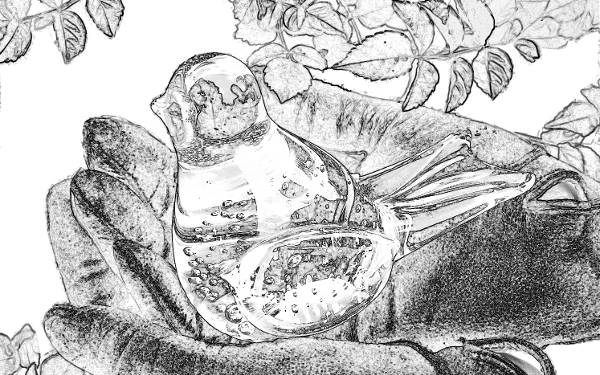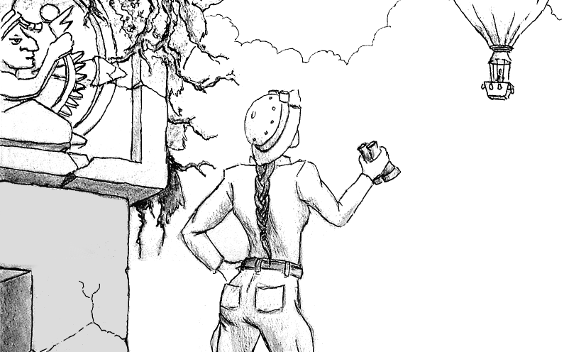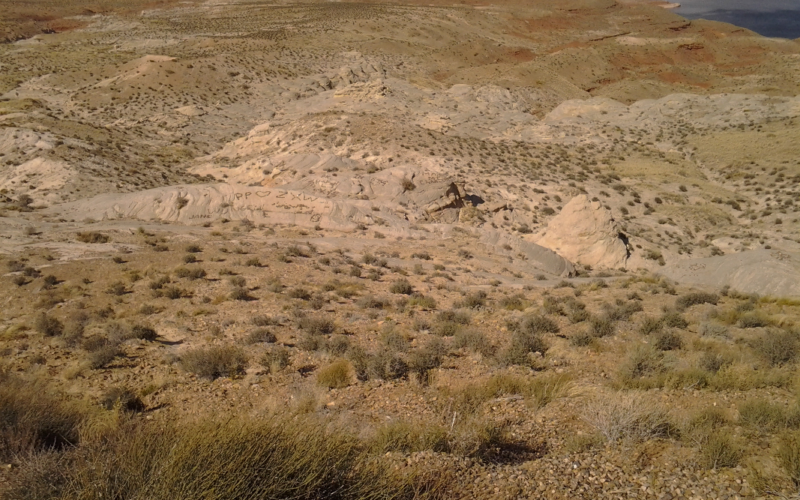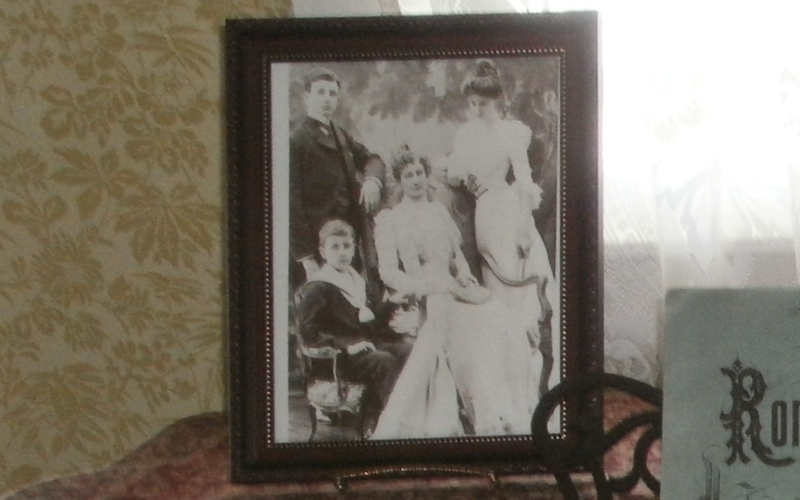
If the Japanese are the world’s masters at producing intelligent, mature animation, the French are surely runners-up. Recently we discovered another unusual, quirky French animated film: The Rabbi’s Cat. Released in 2011, it was directed by Joanne Sfar and Antoine Delesvaux. The movie is based on the comic series by artist/writer Sfar. We watched it streaming on Netflix in the original language (French) with English subtitles. According to the summary, it involves a cat who magically acquires the power of speech and decides to convert to Judaism. This brief description doesn’t do it justice.
The Rabbi’s Cat is a magical journey through the unique hybrid culture of French Algeria. Rabbi Sfar is a widower living with his daughter Zlabya and her constant companion, a cat. When the cat eats the family’s parrot, it is suddenly able to talk. This curious cat does more than mimic human language; he asks questions about humanity, ethics, and religion. The rabbi becomes worried that the cat’s skepticism will be a bad influence on his daughter and banishes him from her company. Distraught over being separated from his beloved mistress, the cat announces that he wants a bar mitzvah. The cat reasons that if he becomes a proper Jew, the rabbi will allow him to reunite with Zlabya.
The rabbi is reluctant at first, fearing this would not be lawful, though the cat eventually convinces him to begin his religious instruction. The animal’s plans are dashed, however, when he temporarily loses the power of speech as punishment for uttering the name of God aloud. Then the story changes direction. After encountering an artist who escaped from Russia in a crate of Torahs, the rabbi and the cat decide to accompany the man on his quest to find the mythical lost city of African Jews. Accompanying them is Mohammad Sfar, the rabbi’s Sufi Muslim cousin, a traveling musician. It’s a dangerous adventure through the wild Sahara in which they encounter unsavory characters and make narrow escapes. The narrative is a bit rambling but the story’s originality keeps it interesting.
The animation style was fresh and interesting, somewhere between cartoonish and realistic. The round-nosed rabbi looked somewhat like a grownup version of Doug from the PBS animation of that name. The cat is an exotic creature which reminded me of the Sphinx breed (though those cats are actually hairless.) The daughter is a delightful character, voluptuous and sexy. I found myself thinking that she and her female relatives would more likely have dressed in a more conservative fashion.
The movie never explicitly states the time period, but according to the Wikipedia article, it is set between the two world wars in the 1920’s. Although the story briefly portrays the racism of the occupying French, Algiers is a surprisingly idyllic place, with Muslims and Jews getting along well together. The artist also makes reference to anti-Jewish pogroms in Russia. I thought the writer might be showing the anti-European bias so common in the modern Jewish Left, but if so the film wasn’t excessively preachy. (Sfar himself is the son of Algerian and Ukrainian Jewish parents.) I also wondered if the part about the lost African city was a jab at Israel’s refusal to recognize Ethiopian Jews as co-religionists with a legitimate right of return.
Though the story drags a bit in places, The Rabbi’s Cat is a fascinating trek through a lost era in North African history. I strongly recommend it to anyone who’s interested in a mature-themed and original work of animation. I give it a rating of 4.5 out of 5 gears.

